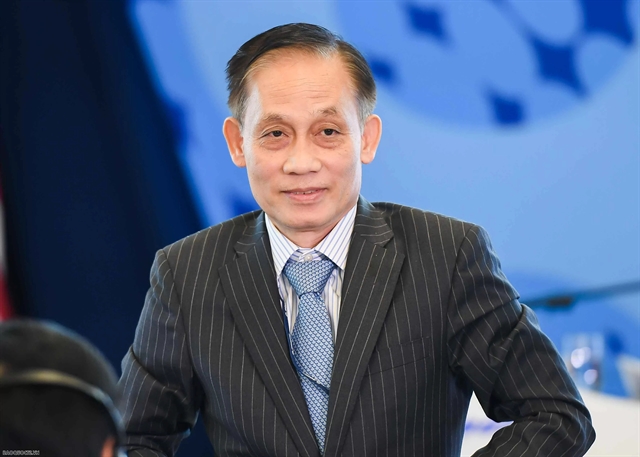 Society
Society

Globalisation and technological changes have contributed to unprecedented economic growth, improvement in living standards, and poverty reduction in the past two centuries, but these can also bring about structural unemployment in the short to medium terms, delegates heard on the second day of the APEC Economic Committee meeting in HCM City on Saturday.
 |
| The APEC’s Economic Committee Meeting. — VNS Photo Hoang Nam |
HCM CITY — Globalisation and technological changes have contributed to unprecedented economic growth, improvement in living standards, and poverty reduction in the past two centuries, but these can also bring about structural unemployment in the short to medium terms, delegates heard on the second day of the APEC Economic Committee meeting in HCM City on Saturday.
Structural unemployment is unemployment caused by structural changes in an economy, such as shifting labour demand patterns due to affluence, capital accumulation, urbanisation, international trade, or changes in technology, the 2017 APEC Economic Policy Report wrote.
The changes lead to a mismatch between the skills of workers looking for work and the skills required by emerging job opportunities, it said.
In their individual Economy Reports, APEC economies identify skills mismatch as a key challenge in their labour markets. Young workers are not always getting the right skills to prepare them for employment in a fast-changing market, leading to a high level of youth unemployment in several economies. Meanwhile, ageing populations mean older workers need to continue working while learning new skills.
Economics face challenges in skills development and providing lifelong learning opportunities to increase productivity and enhance employability. Improving the labour force participation of youths, women, minorities and other disadvantaged group is a continuing effort among APEC economies.
Empirical data shows some gaps in human capital development in the APEC region. About a third of APEC economies have a secondary school net enrolment rate of below 60 per cent.
The unemployment rate among youth aged 15 – 25 was above 10 per cent in 13 of APEC’s 21 economies in 2015.
Moreover, 30 per cent of employed people in the region are own-account workers or unpaid family workers.
On the first day the committee had discussed the APEC – OECD Framework on Competition Assessment, which sets out non-binding principles and approaches to implementing systematic and consistent competition assessment in APEC member economies, indentifies needs and builds capacity of APEC member economies to implement competition assessment, introduces principles of competition assessment in APEC’s ongoing work in Good Regulatory Practices, and promotes APEC-wide and APEC-OECD co-operation on competition assessment.
The benefits of competition for consumers and the overall economy are significant.
A large number of studies confirm that having more competitive industries is important, resulting in lower prices, greater choice and better quality of products and services, higher employment, greater investment in research and development (R&D), and faster adoption of innovation. — VNS




